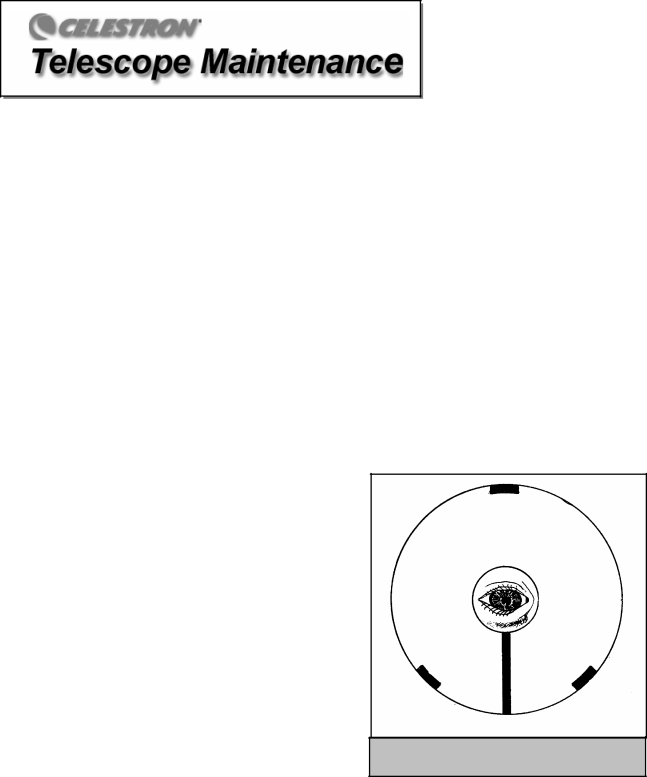60, 130, 80, 102, 114 specifications
The Nexstar series telescopes, including the Nexstar 114, 102, 80, 130, and 60 models, represent a significant advancement in amateur astronomy, offering a blend of portability, user-friendly design, and advanced technology. Each model is uniquely tailored to cater to different levels of enthusiasts, from beginners to more experienced stargazers.The Nexstar 114 boasts a 114mm aperture and a focal length of 1000mm, making it ideal for detailed views of planets and deep-sky objects. Its reflector design allows for higher light gathering capability, ensuring bright and clear images. The telescope features a computerized GoTo mount, allowing users to locate and track celestial objects with ease. Its ergonomic design and lightweight build emphasize portability, making it a great choice for both backyard and remote observing.
Next in the lineup is the Nexstar 102, equipped with a 102mm aperture. This refractor telescope is known for its exceptional color correction and crisp images, particularly for planetary viewing. The 102 is user-friendly, with a sturdy mount and easy setup that appeals to newcomers. Its computerized tracking system simplifies locating celestial bodies, enhancing the observing experience.
The Nexstar 80, with its 80mm aperture, is incredibly compact and travel-friendly, perfect for those who want to explore the night sky on the go. Despite its size, it provides impressive views of the moon and bright planets. The telescope offers a lightweight design and quick setup features, making it an excellent starter telescope for kids and casual stargazers.
For those seeking a larger aperture, the Nexstar 130 features a 130mm aperture that delivers stunning views of a variety of celestial objects. With a focal length of 650mm, this compact telescope excels in observing both planets and deep-sky objects. Its GoTo mount provides automated tracking, making it a favorite among intermediate users who desire a bit more capability without extensive setup.
Finally, the Nexstar 60 is an entry-level model that combines affordability with efficiency. With a 60mm aperture, it’s lightweight and extremely portable, perfect for casual observations. It’s equipped with a simple mount and straightforward controls, making it an ideal choice for children or those new to astronomy.
Overall, the Nexstar series telescopes are designed with advanced optics, computerized mounts, and user-friendly interfaces, making them suitable for a wide range of users, from novices to more experienced astronomers. Whether you are looking for ease of portability or more advanced features, there is a Nexstar model tailored to meet your needs and enhance your stargazing experience.

